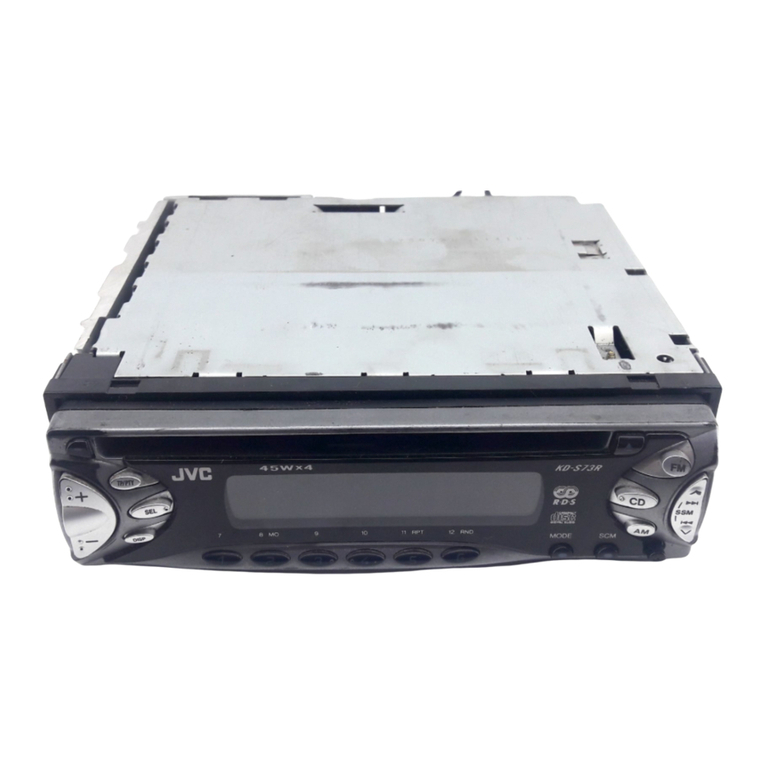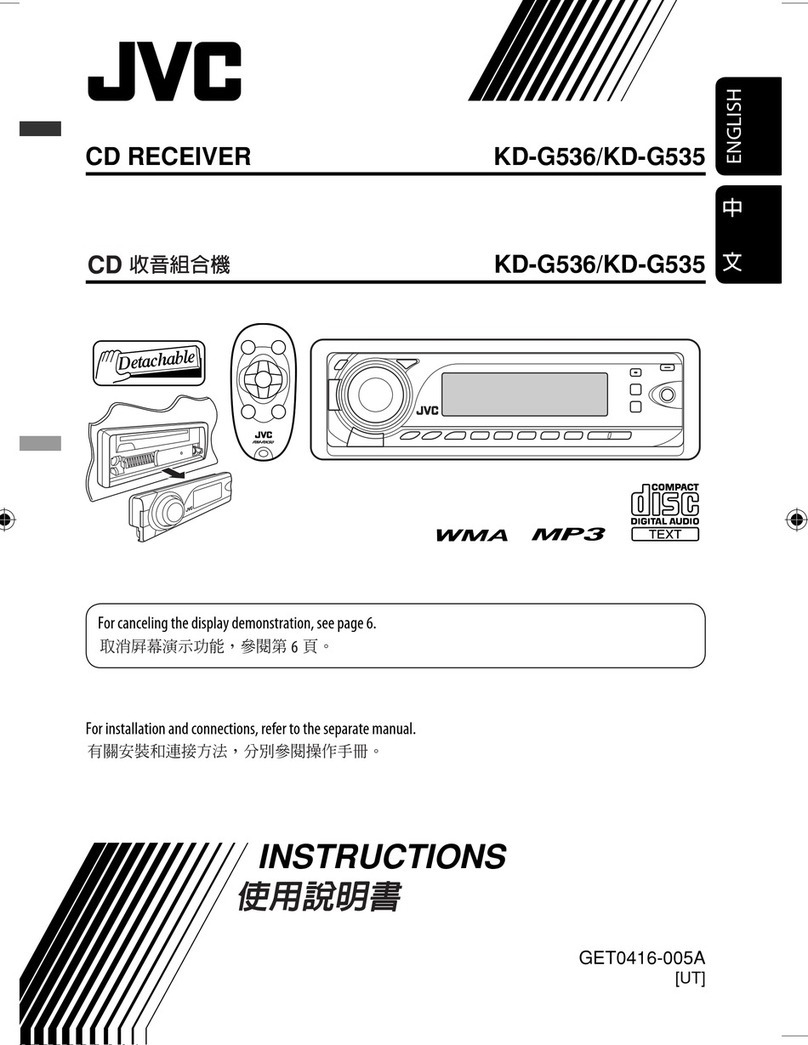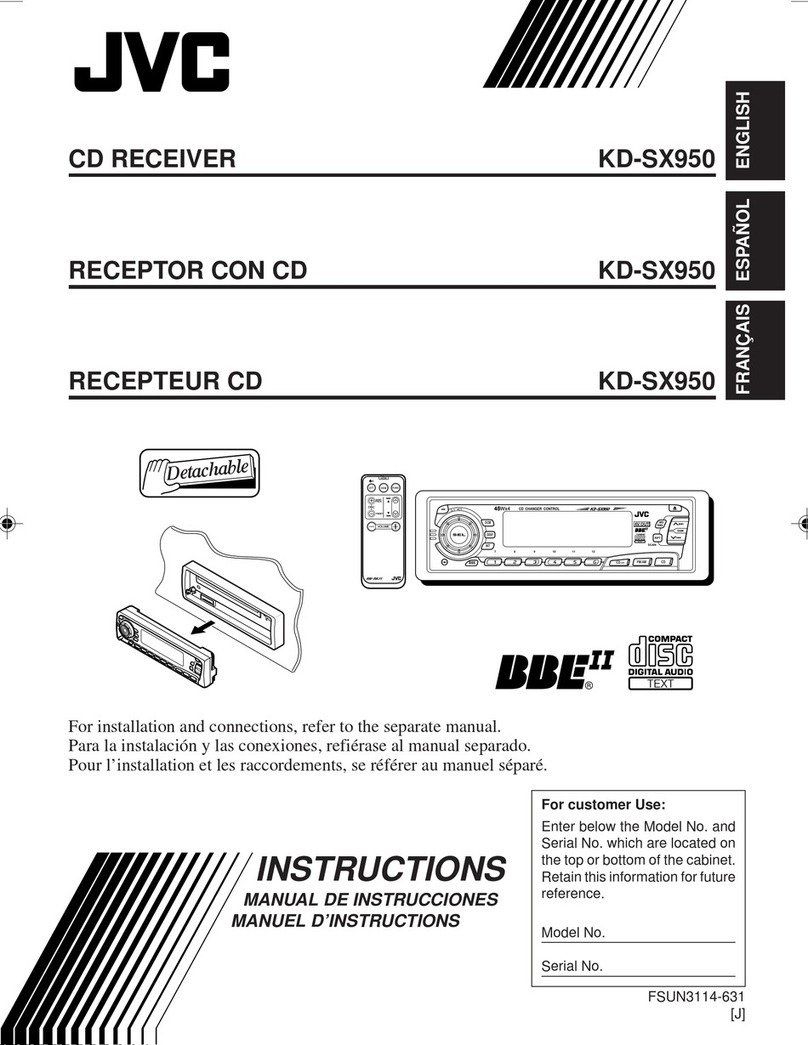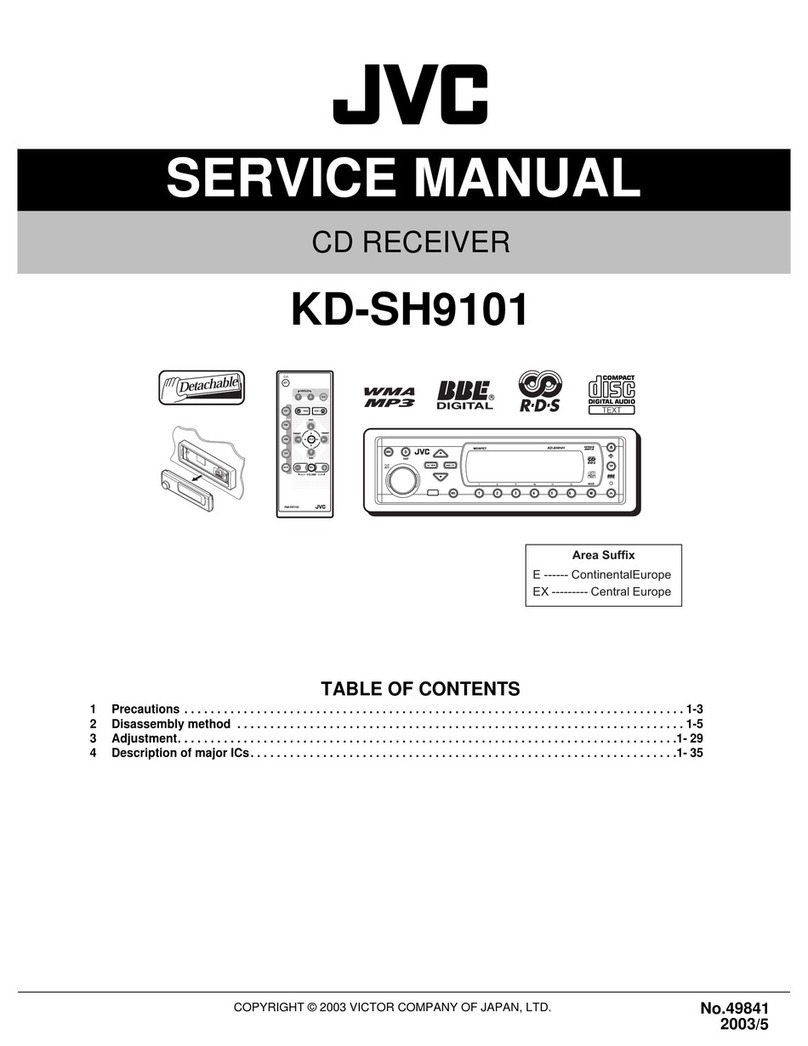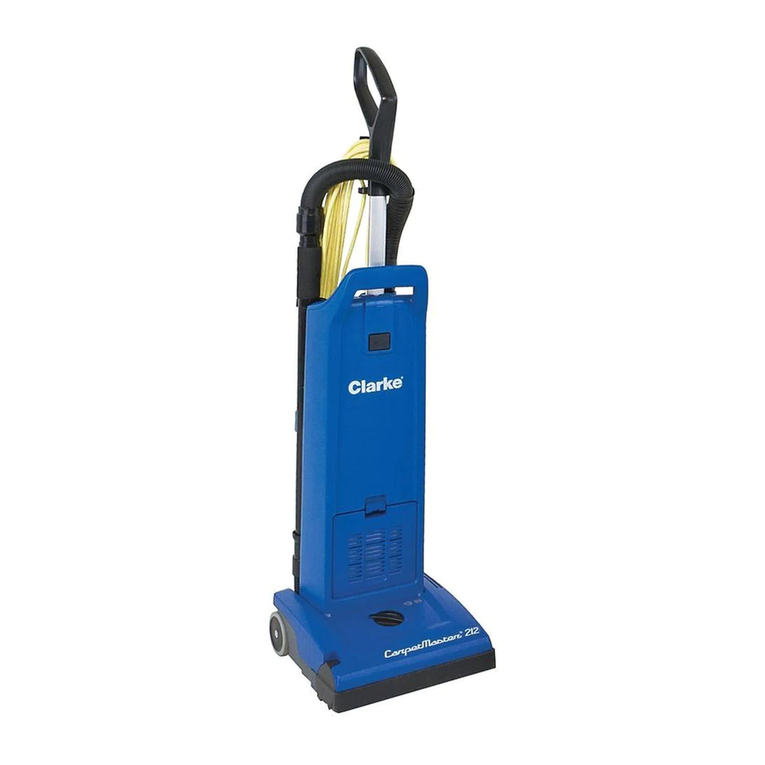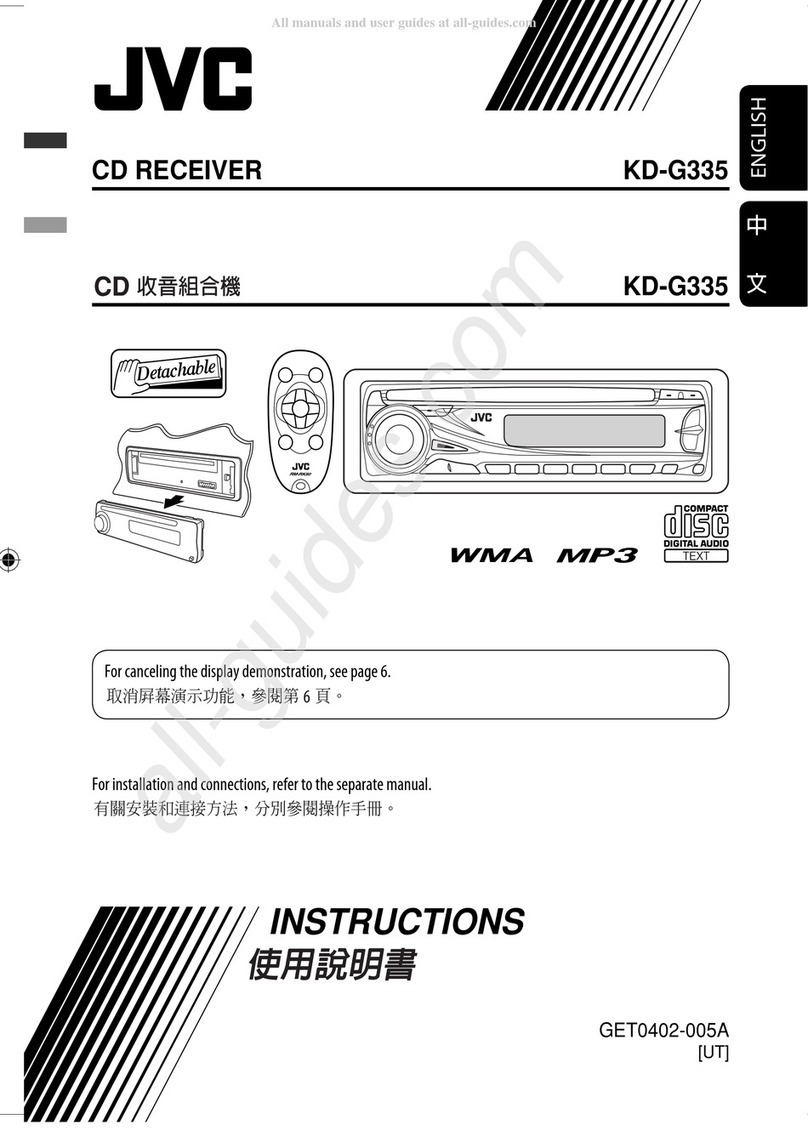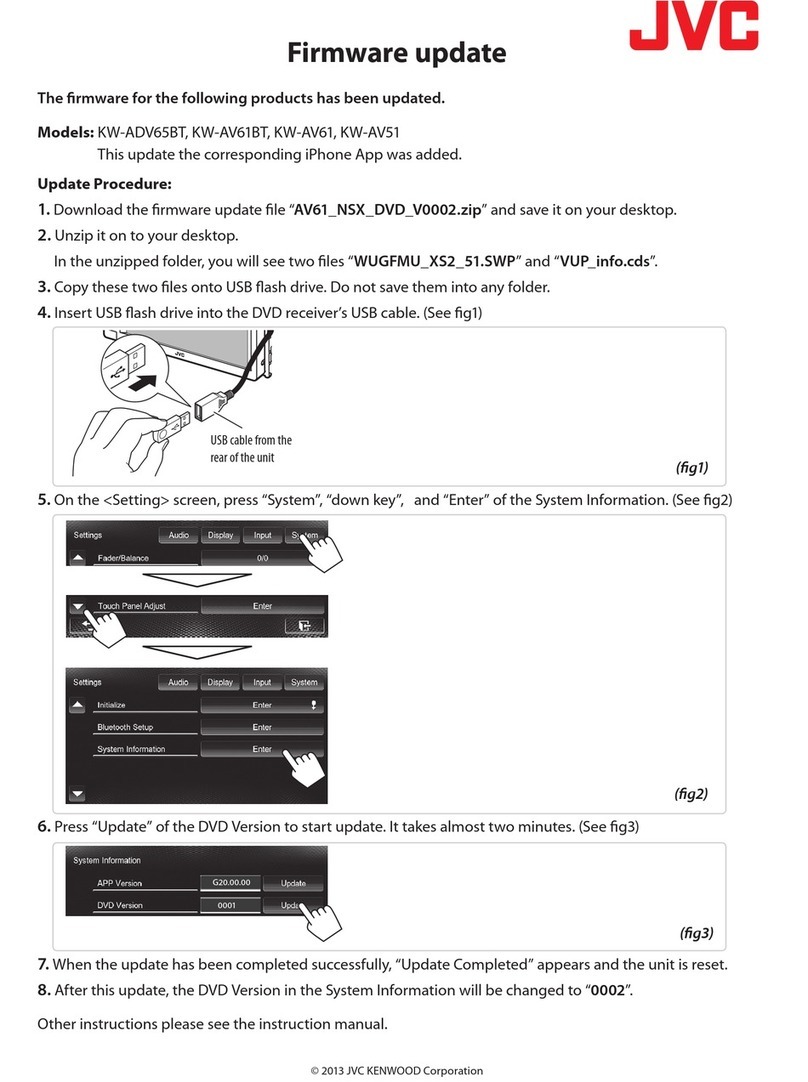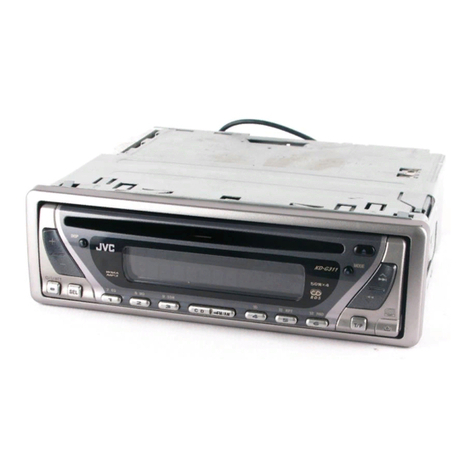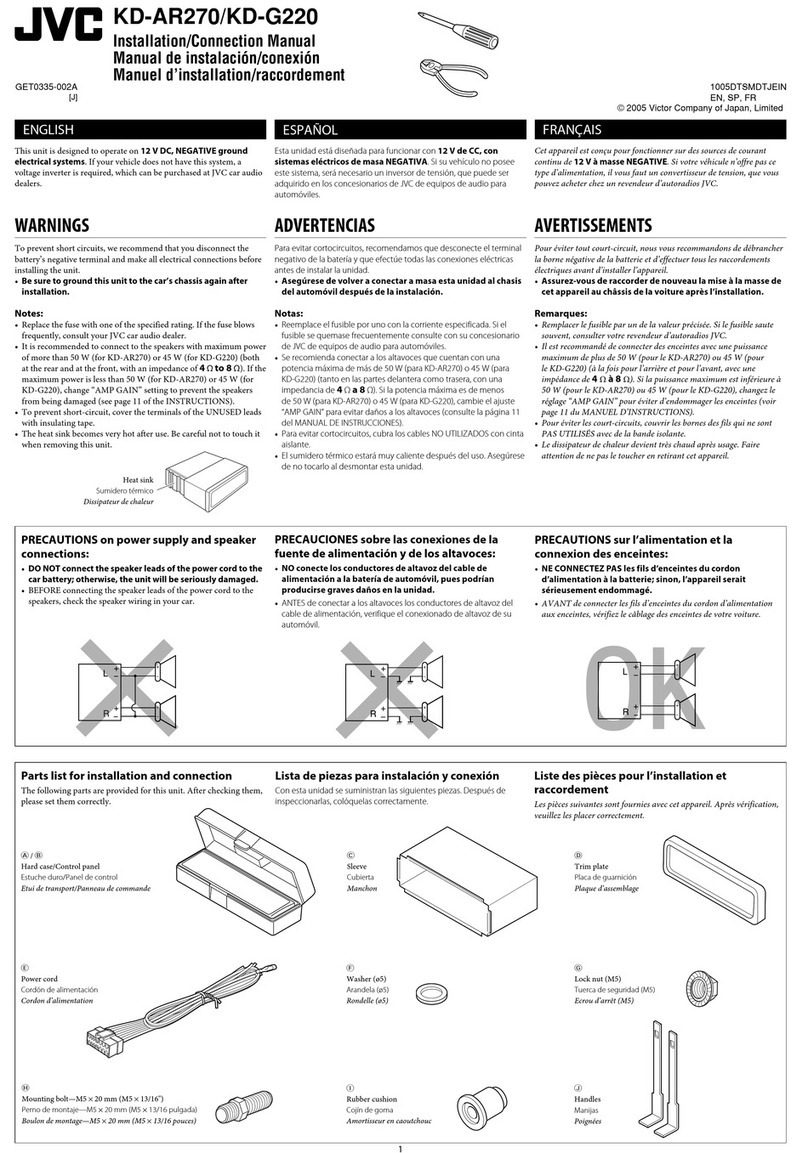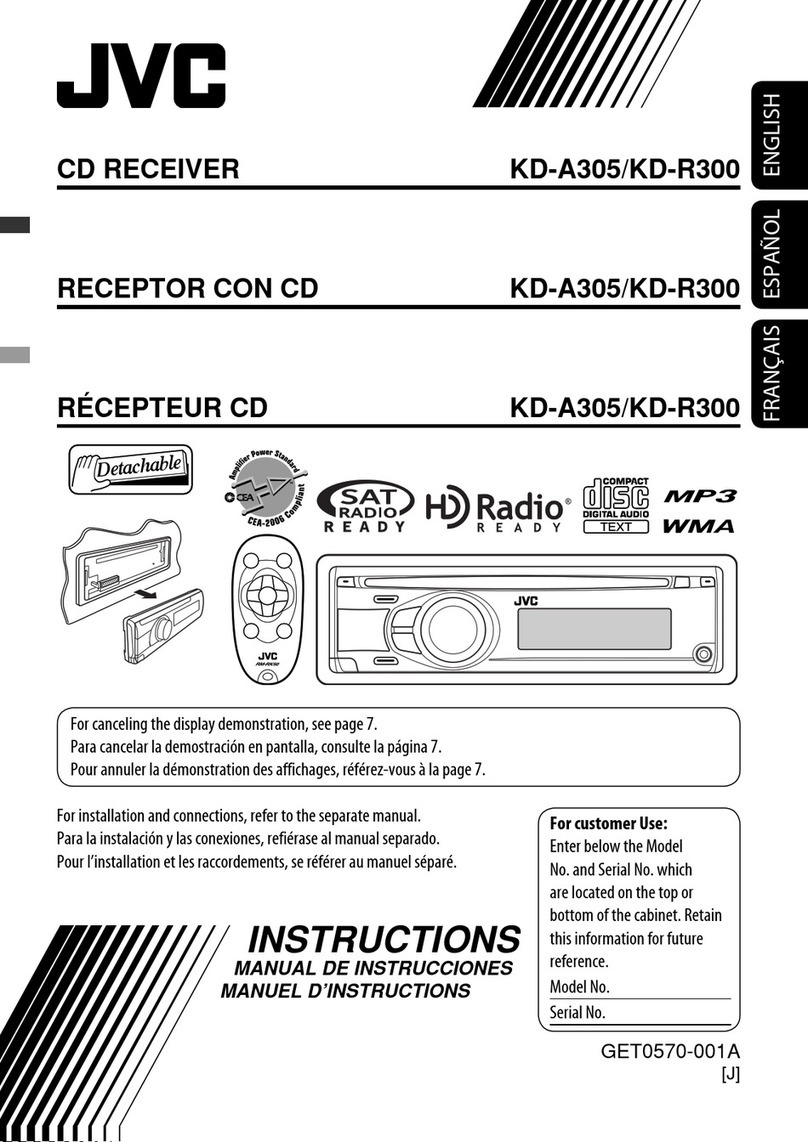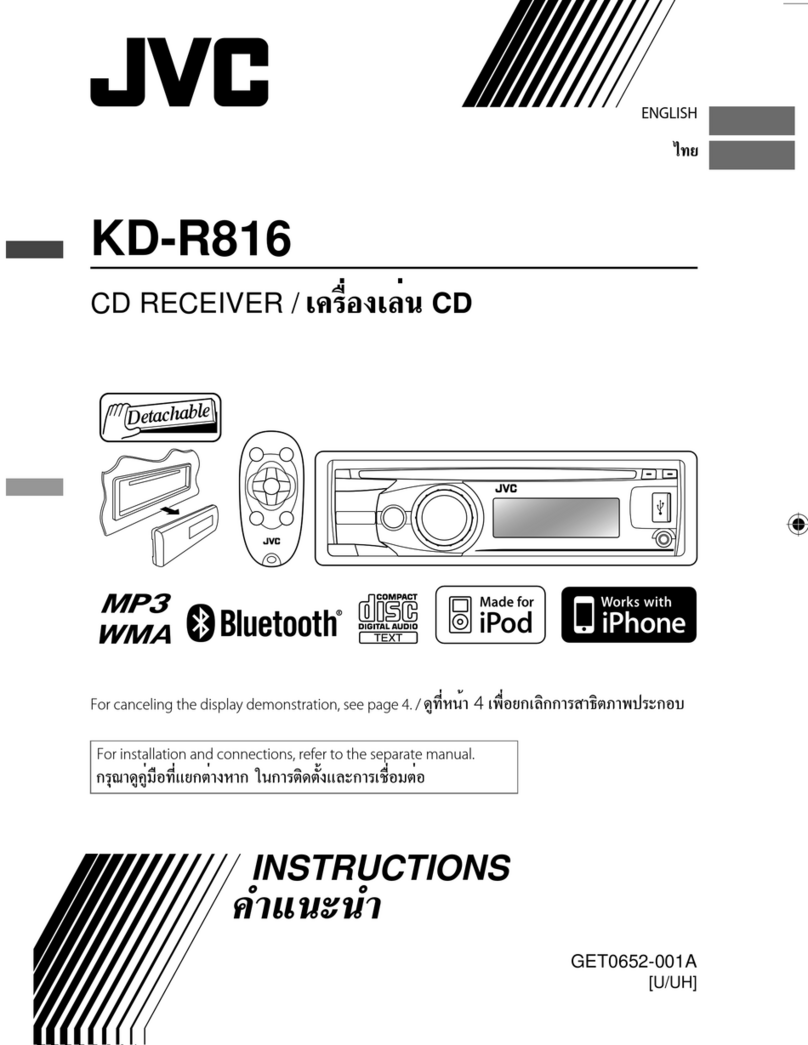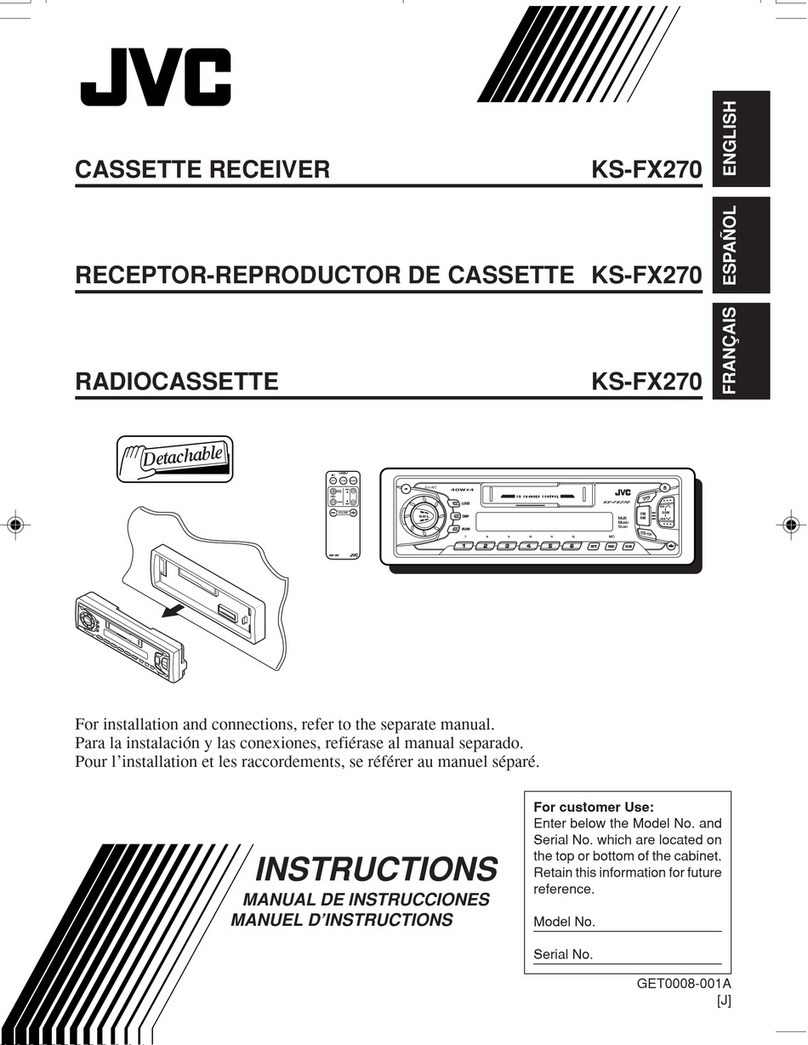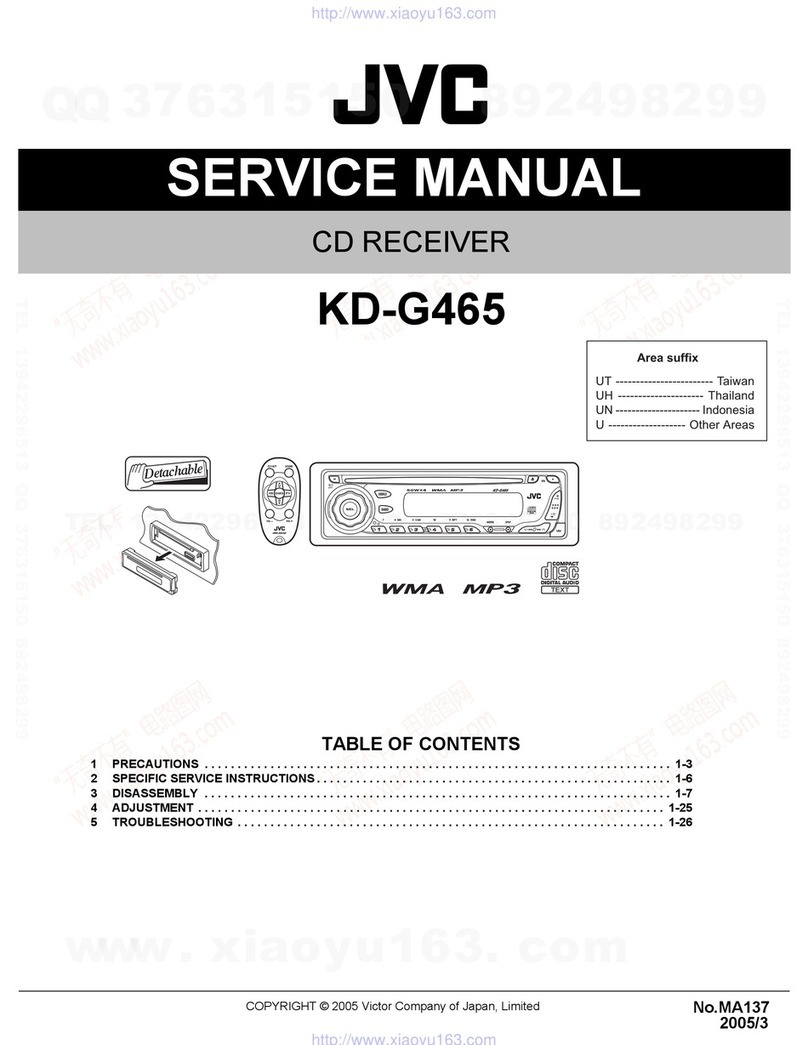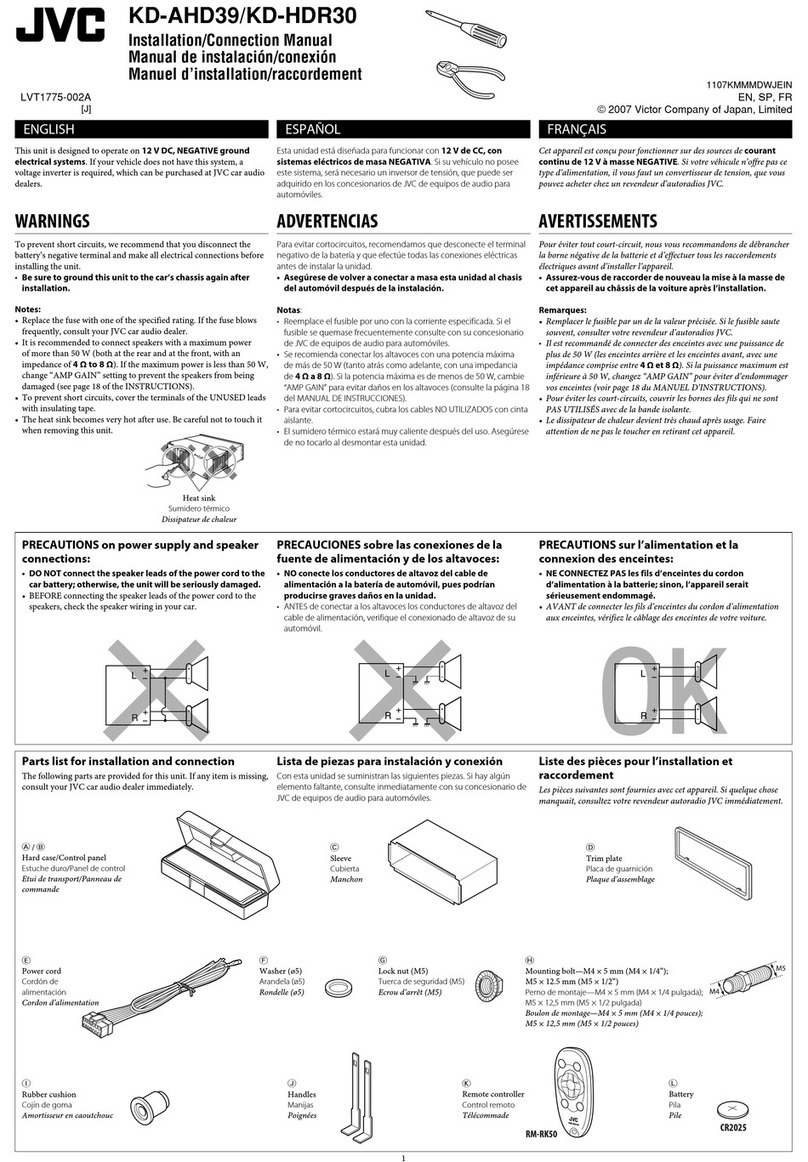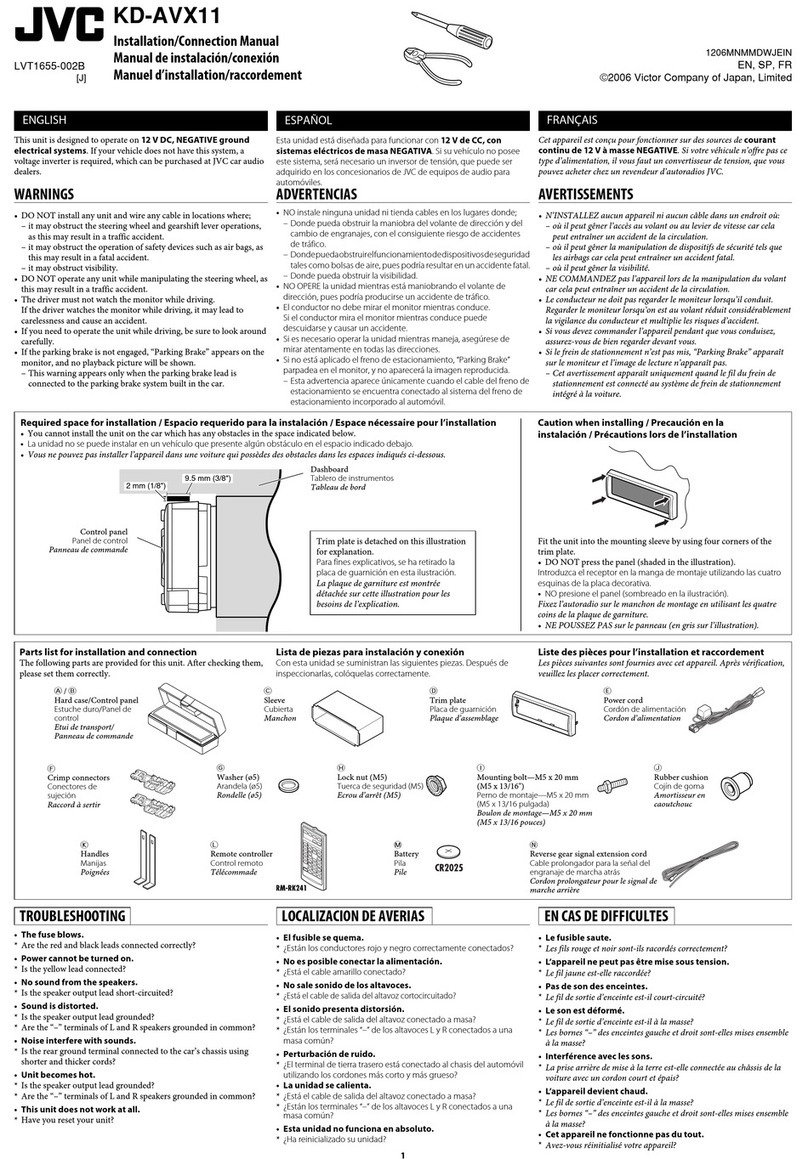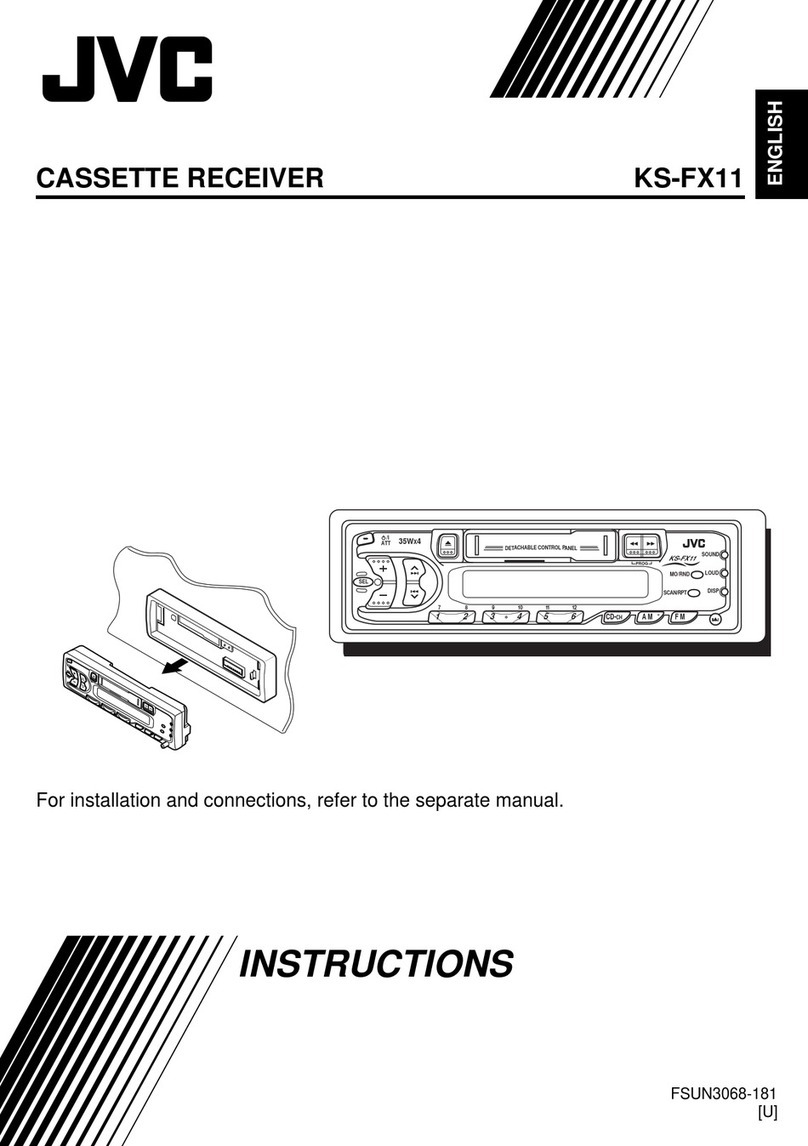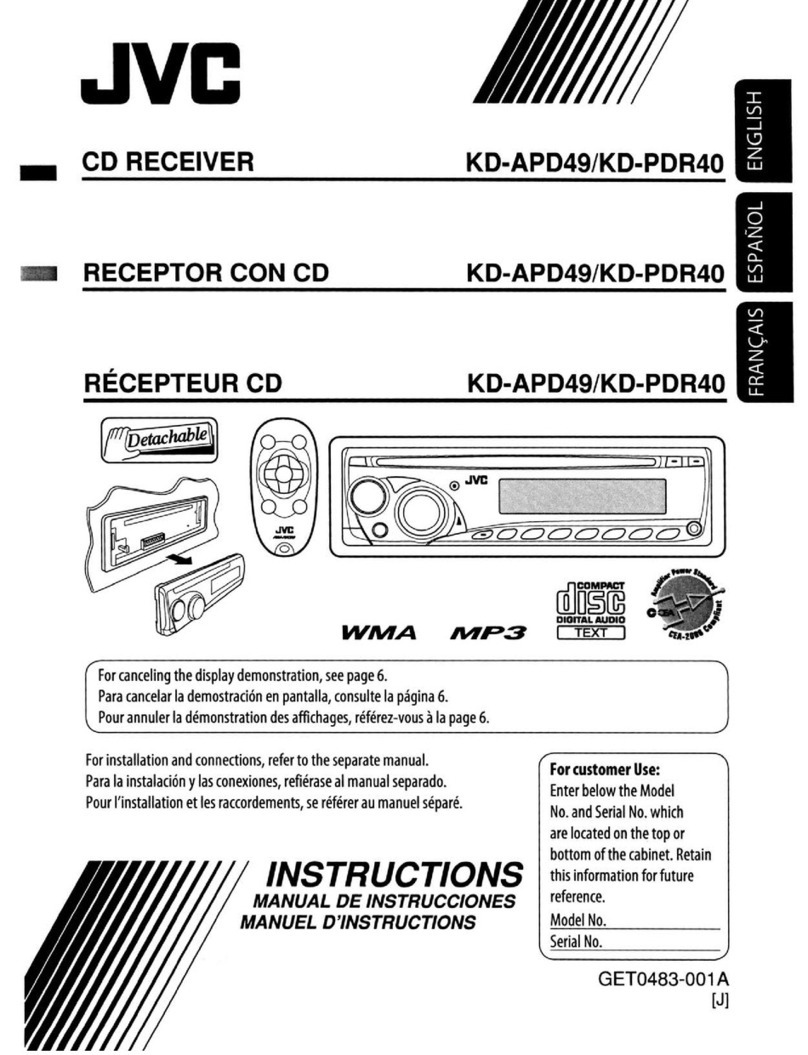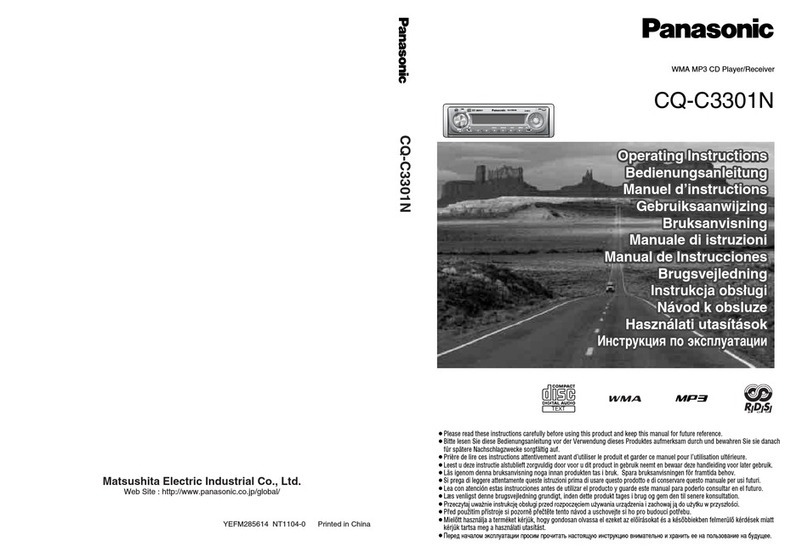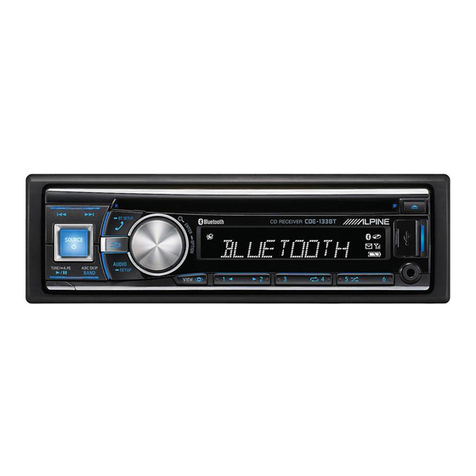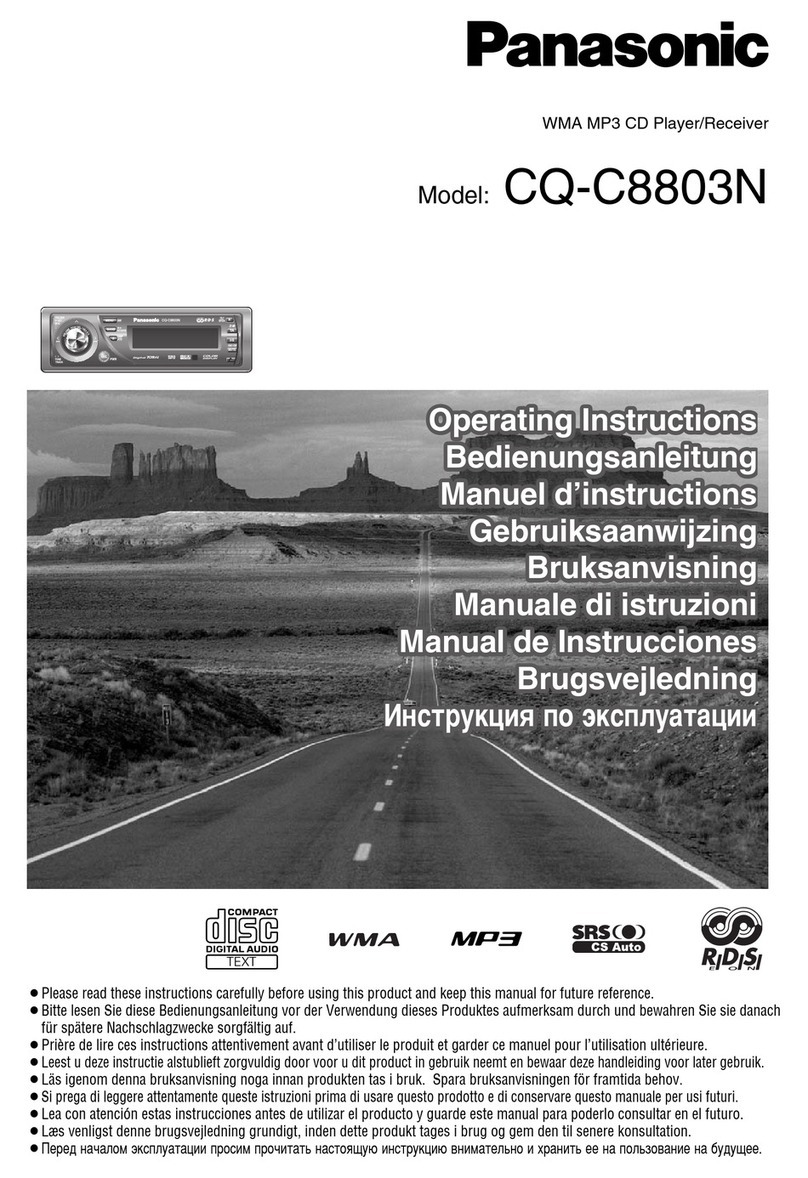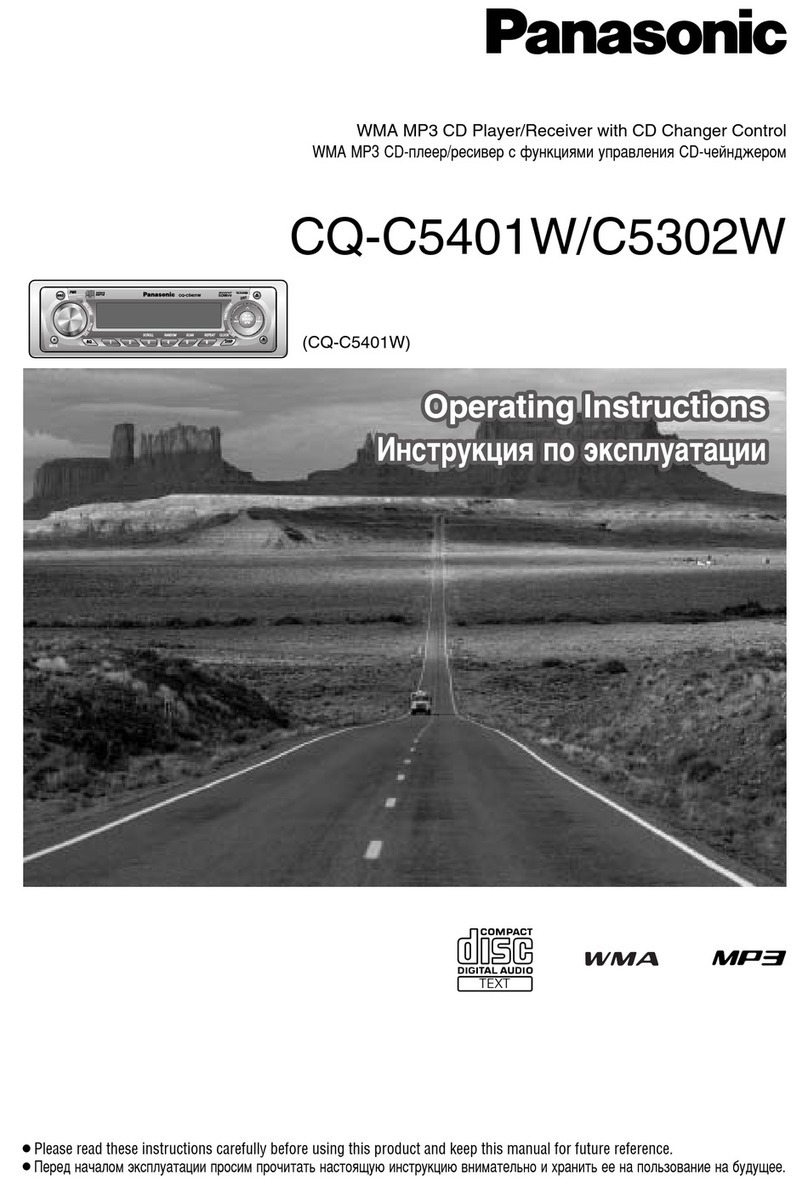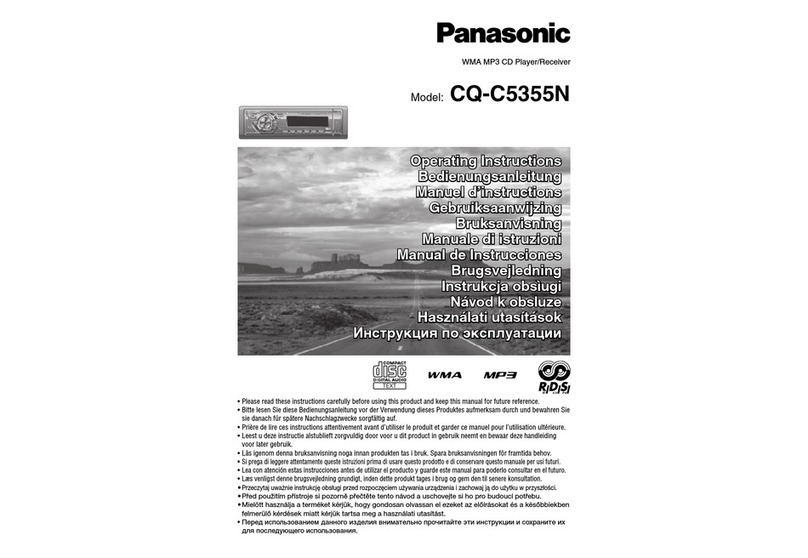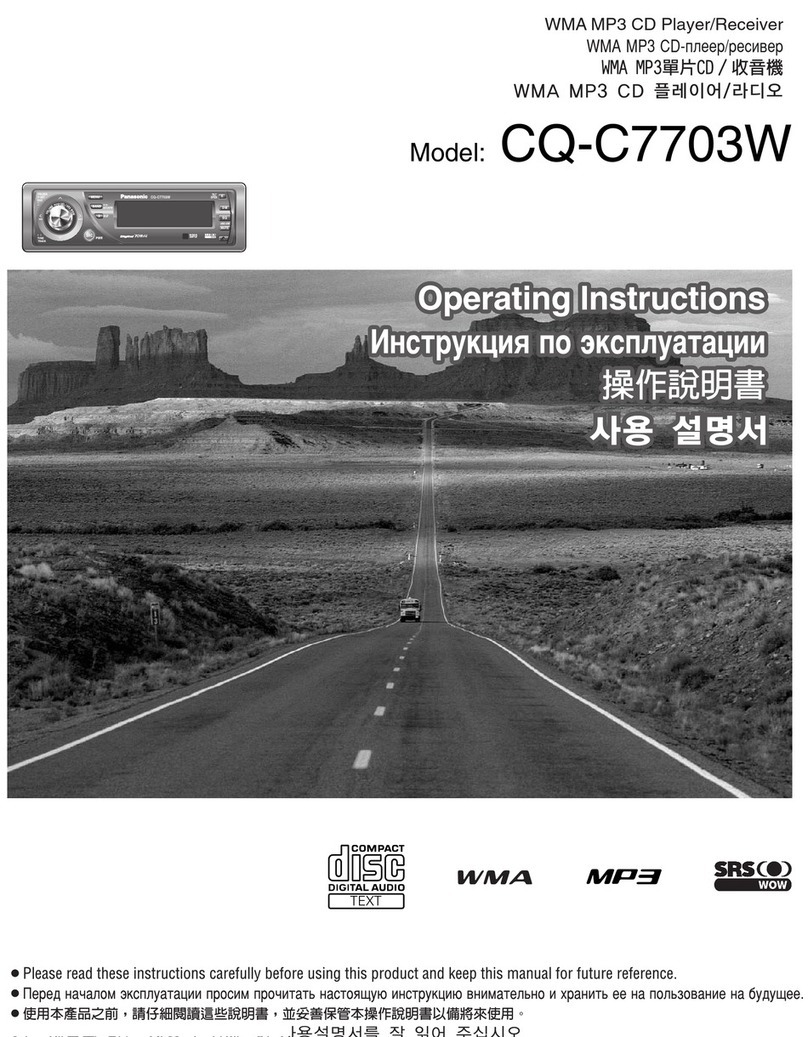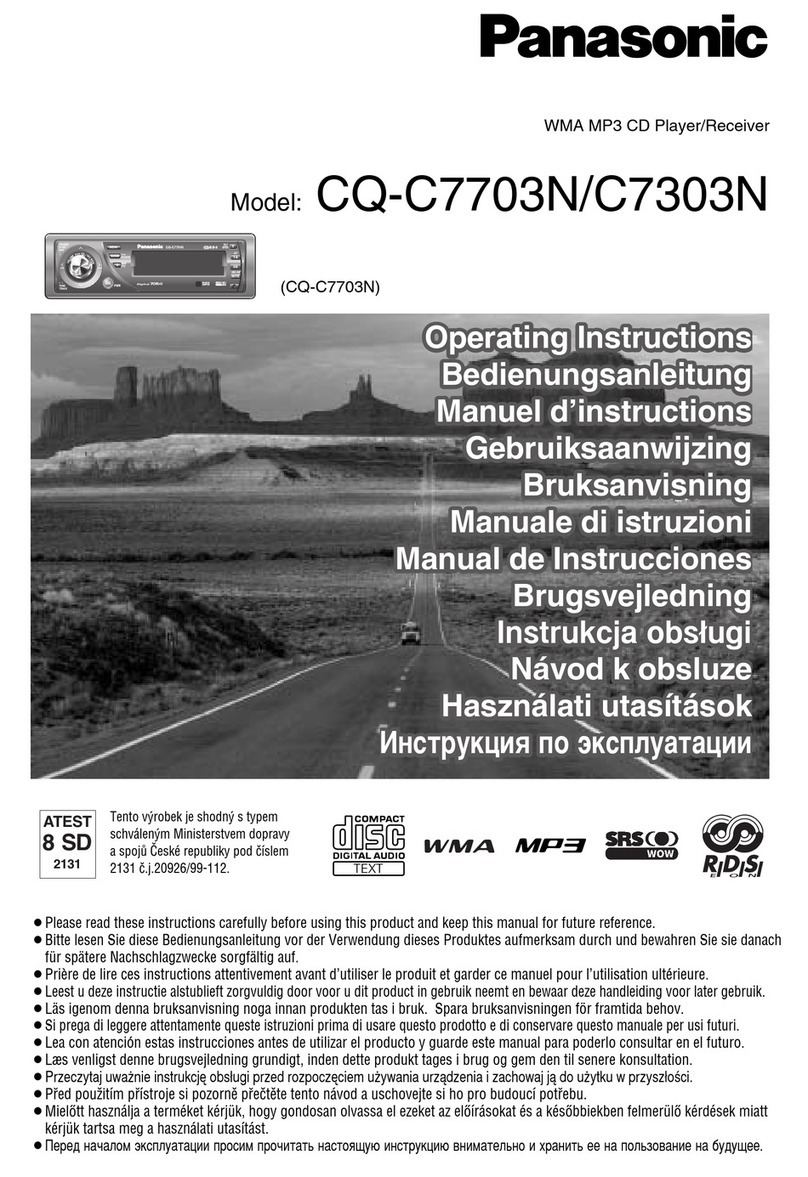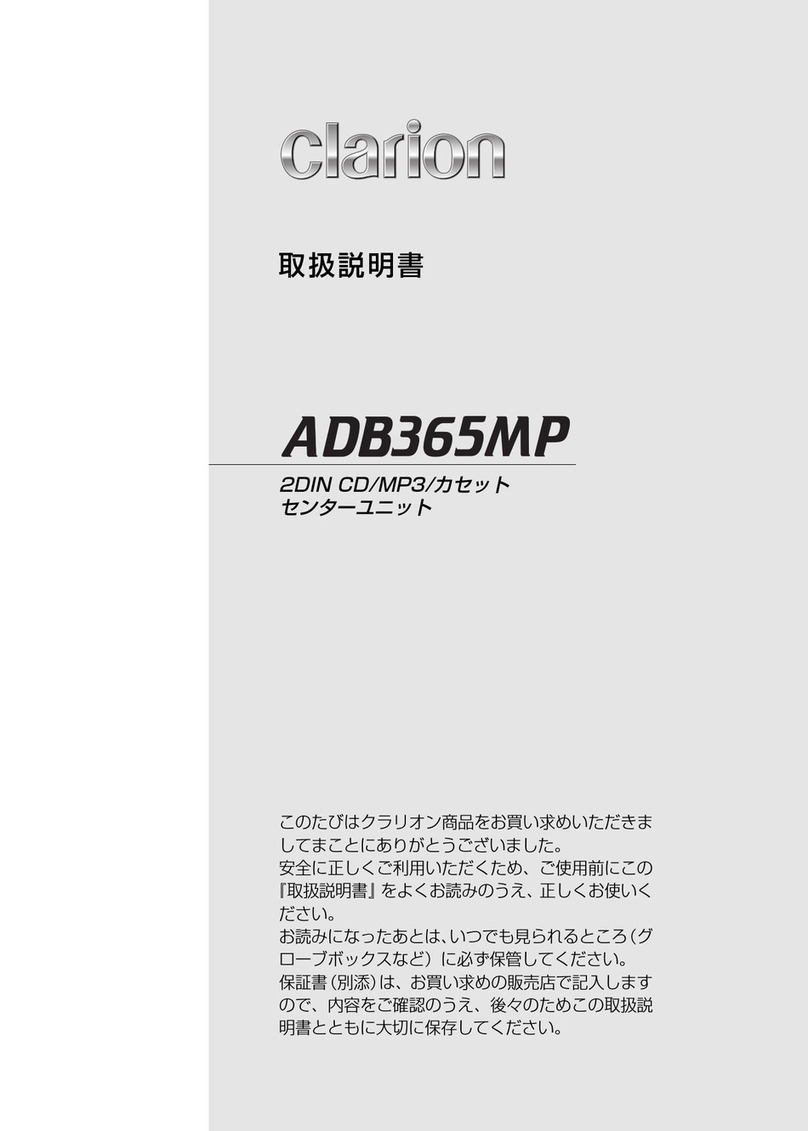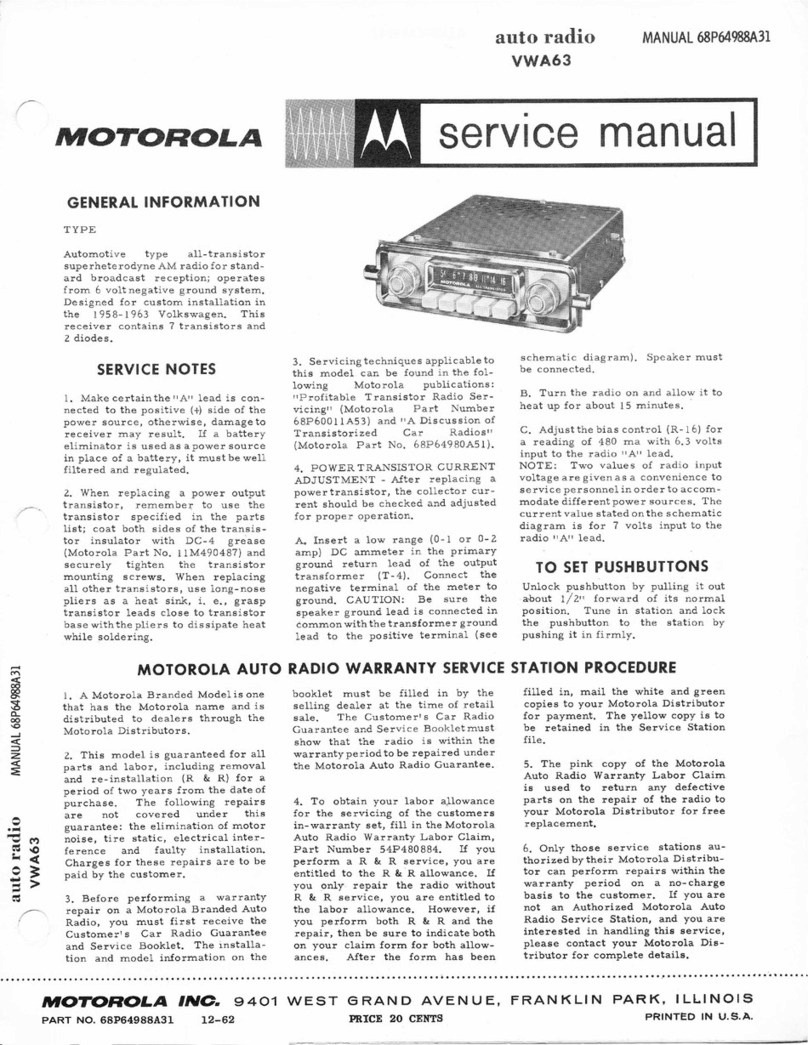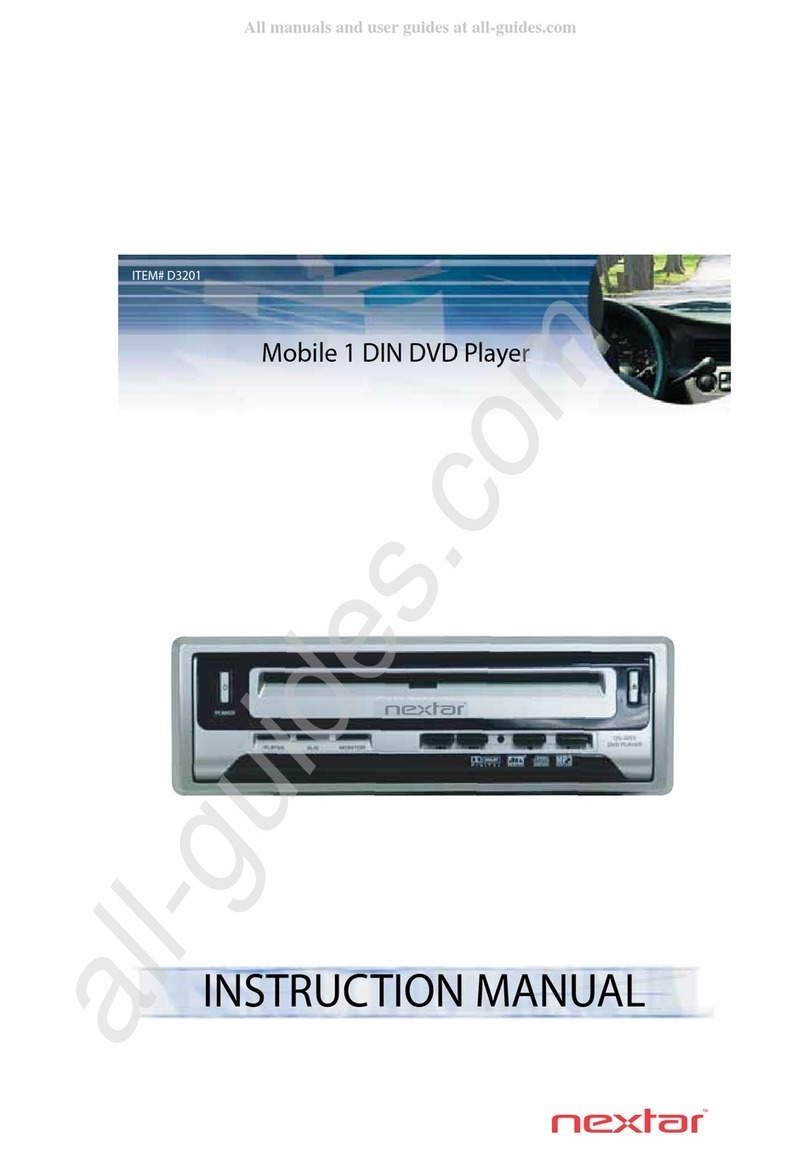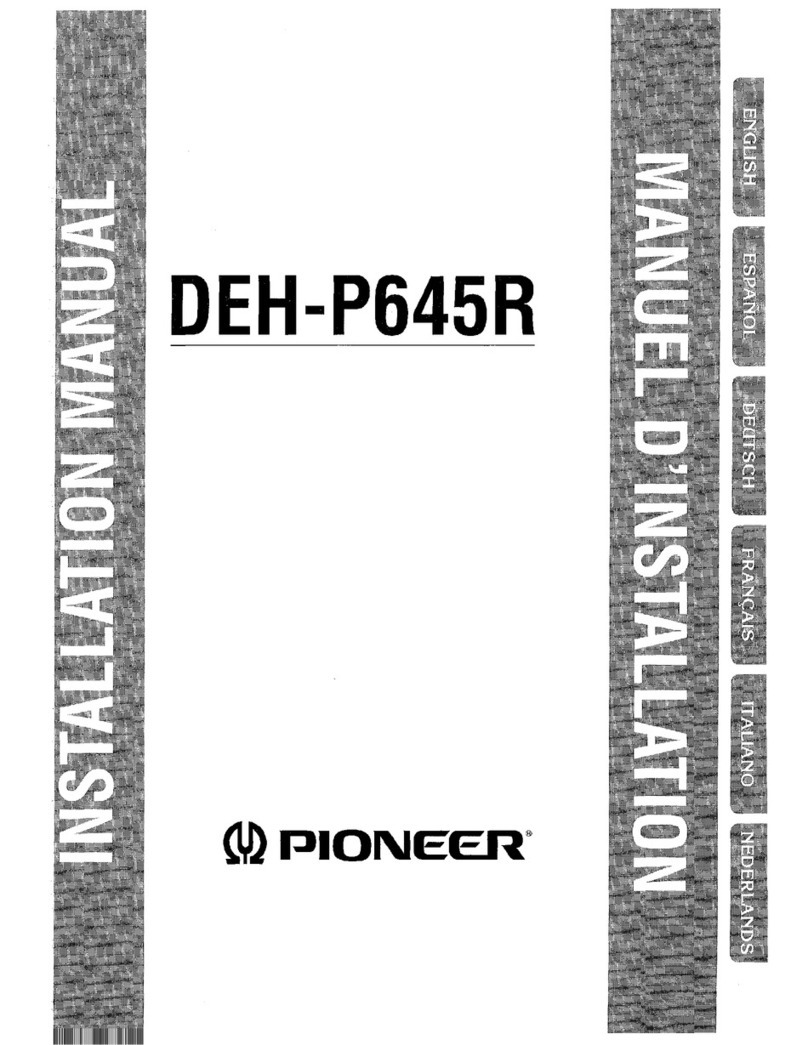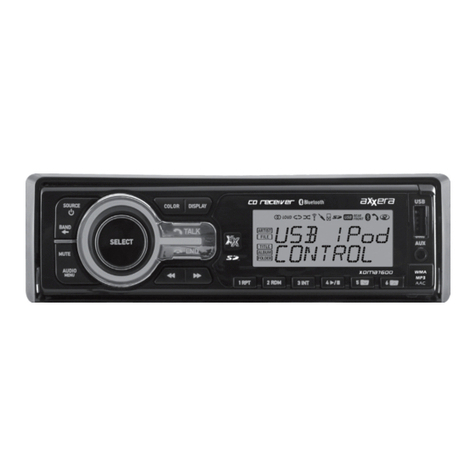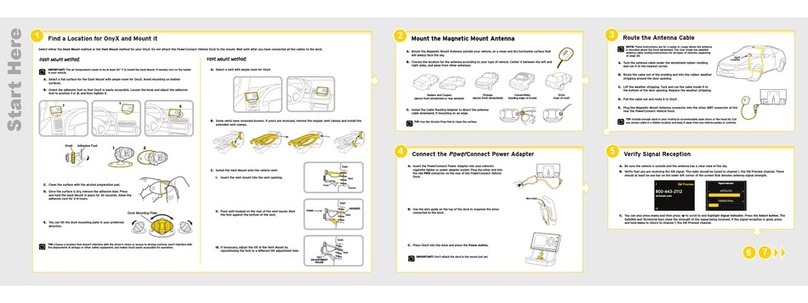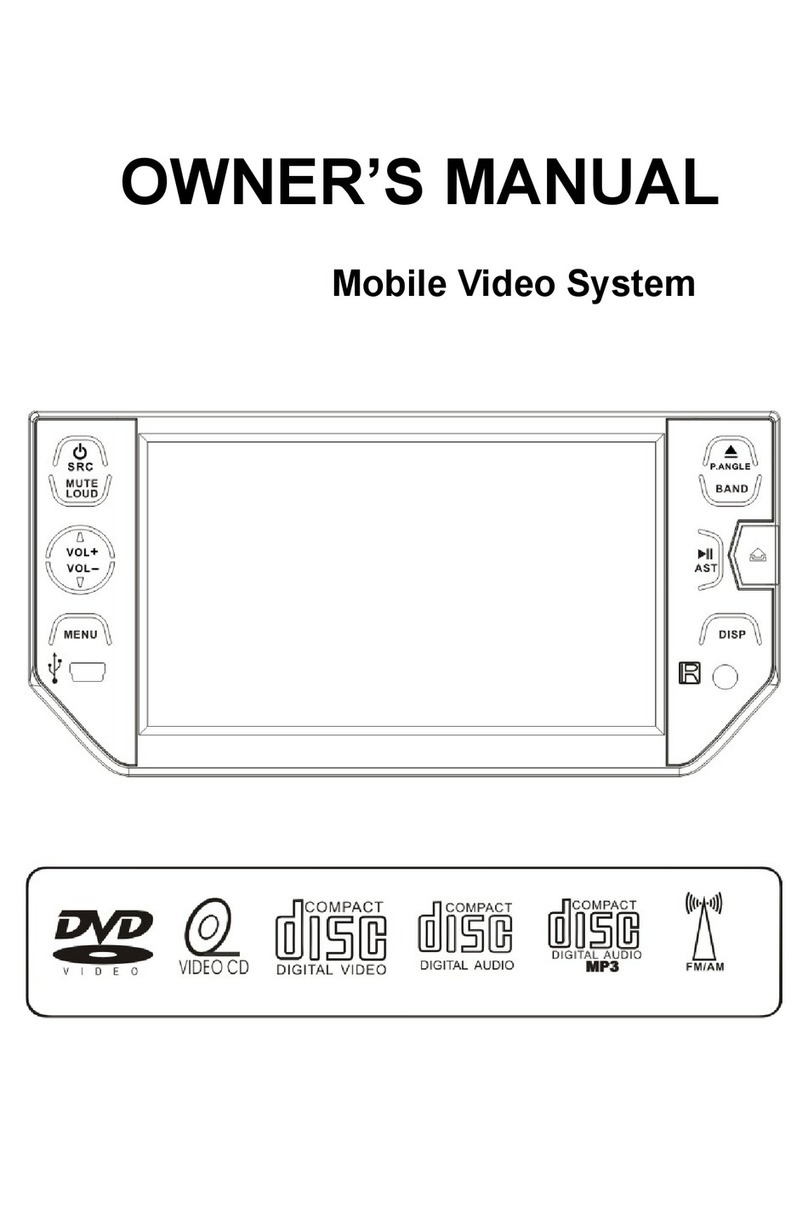
KS-FX8R
1-7
Unsolder the soldering bon the head relay board.
Remove the screw Cattaching the head relay board.
Remove the head relay board in the direction of the
arrow while releasing the two joints c.
Removing the head relay board
(See Fig.4)
Remove the E washer attaching the load arm using
a pincette or something like that and remove the
spring d.
Move the part of the load arm marked upwards to
release it from the axis of rotation. Then rotate the
load arm in the direction of the arrow to remove it
from the cach.
Removing the load arm (See Fig.5)
Prior to performing the following procedure, remove
the head relay board.
Remove the screw Dattaching the sub chassis.
Push the tab ein the direction of the arrow to detach
the one side of the sub chassis. Then release the
sub chassis from the tab f.
Removing the sub chassis (See Fig.6)
Prior to performing the following procedure, remove
the head relay board, the load arm and the sub
chassis.
Remove the screw Eattaching the reinforce bracket.
Remove the reinforce bracket.
Push the tab gfixing the cassette holder in the
direction of the arrow and open the cassette holder
and the holder arm upward until they stop at an
angle of 45 degrees. Move the two joints hto the
side and remove the cassette holder and the holder
arm from the shaft.
Removing the cassette holder and the
holder arm in the eject mode
(See Fig.7 and 8)
Fig.4 CSoldering b Joint c
Fig.6
Tab f
D
Tab e
Cach
Head relay board
Head relay board
Fig.7
Reinforce bracket
Reinforce
bracket
E
Cassette holder
Sub chassis
Head relay
board
Joint h
Holder arm
Load arm
Joint h
tab g
Fig.5
Spring d
Load arm E washer
Cassette mecha chassis
